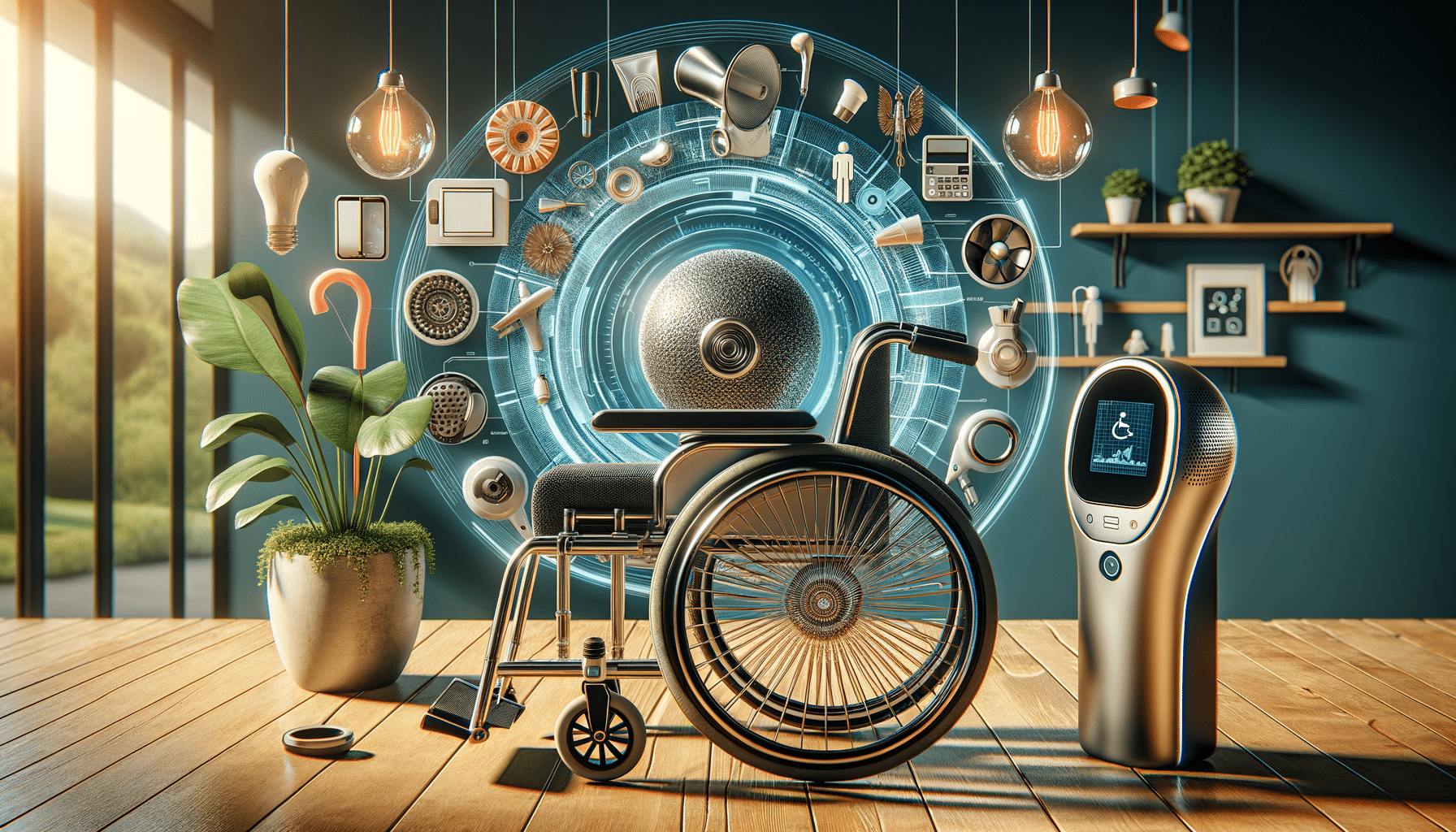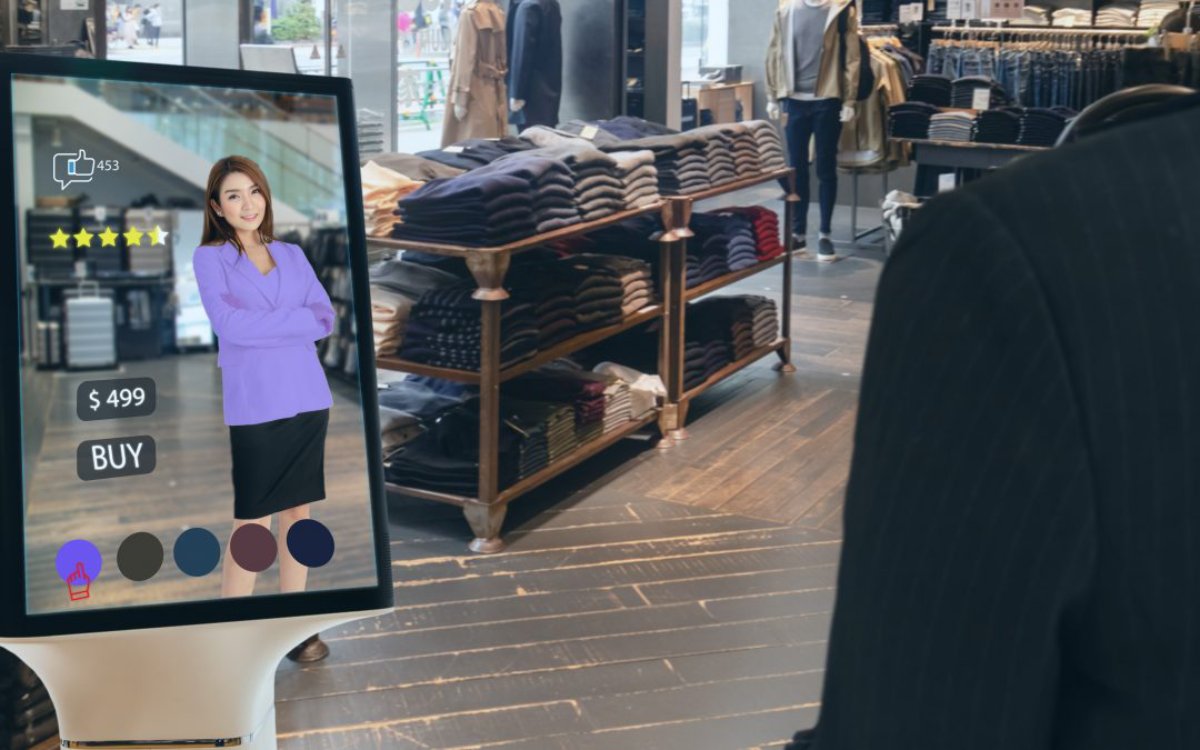
How Smart Stores Are Changing the Shopping Experience
Smart retail technology is changing how people shop in stores. Retailers are using IoT, AI, and automation to improve the in-store experience. Now, shopping is faster, more personal, and more interactive. As physical stores change, businesses are using technology. This helps combine online ease with face-to-face interaction.
Smart stores use new tech like cashierless checkout and AI product suggestions. This makes shopping easy and smooth for customers. This guide looks at how smart retail tech is changing physical stores. We’ll cover the main benefits for both businesses and customers. We’ll also highlight new trends that will shape the future of retail.
Quick Guide: How Smart Stores Are Changing the Shopping Experience
- Key Smart Retail Technologies:
- Cashierless checkout and contactless payments for frictionless shopping.
- AI-powered personalisation and smart assistants for tailored recommendations.
- Augmented and virtual reality (AR/VR) for interactive product exploration.
- IoT-enabled smart shelves for real-time inventory tracking.
- Benefits for Retailers and Consumers:
- Retailers gain improved efficiency, reduced costs, and better customer insights.
- Consumers enjoy faster, more convenient, and highly personalised shopping experiences.
- Future Trends to Watch:
- Hybrid shopping experiences blending online and in-store retail.
- Sustainable smart store practices using IoT and AI for eco-friendly operations.
- 5G-powered stores enhancing real-time data processing and AR/VR experiences.
Pro Tip:
Use AI-driven predictive analytics to forecast product demand and optimize inventory. This reduces overstocking, prevents stockouts, and boosts profitability.
Important Tip:
Prioritise data security and privacy in smart stores. With AI and IoT collecting customer data, transparent policies and robust cybersecurity measures are essential for building consumer trust.
The Evolution of Smart Stores
1. What Are Smart Stores?
- Smart stores use technology-driven solutions to improve operational efficiency and enhance customer experiences.
- These stores use AI, machine learning, IoT, and big data. This helps them build smart, automated retail spaces.
- Companies like Amazon Go, Walmart, and Alibaba are pioneering smart retail innovations.
2. How IoT in Retail is Revolutionizing Shopping
- IoT (Internet of Things) lets us track inventory, customer behaviour, and store analytics in real-time.
- RFID tags and smart sensors provide seamless stock management and personalised recommendations.
- IoT-powered beacons deliver location-based promotions to shoppers’ mobile devices.
3. The Shift Toward Data-Driven Retail
- AI-driven analytics help retailers understand customer preferences and predict demand.
- Smart cameras and sensors track shopping patterns, enabling dynamic pricing and targeted marketing.
- Cloud-based inventory management systems optimise supply chain efficiency.
Key Smart Retail Technologies Transforming Physical Stores
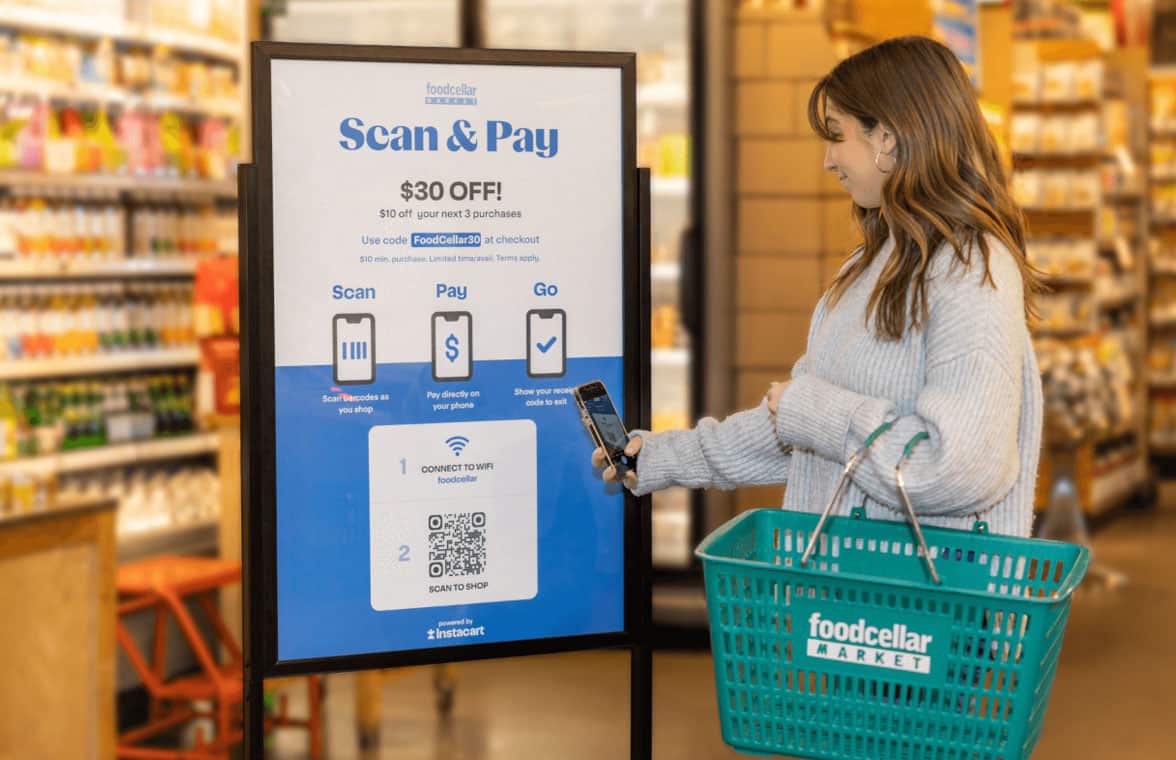
1. Cashierless Checkout & Contactless Payments
- AI-powered checkout systems, like Amazon Go’s Just Walk Out tech, remove checkout lines.
- Mobile payment options like Apple Pay, Google Wallet, and biometric authentication improve convenience.
- Self-checkout kiosks reduce wait times and operational costs.
2. AI-Powered Personalization & Smart Assistants
- AI-driven recommendation engines suggest products based on customer preferences.
- In-store virtual assistants (e.g., AI chatbots) provide real-time shopping assistance.
- Personalised discounts and loyalty rewards are triggered through AI-powered insights.
3. Augmented Reality (AR) & Virtual Reality (VR) Shopping
- AR-powered smart mirrors allow customers to try on clothing and makeup virtually.
- VR showrooms enable shoppers to explore products in an immersive digital environment.
- AR mobile apps provide interactive product demonstrations in-store.
4. IoT-Enabled Smart Shelves & Inventory Tracking
- RFID tags and smart shelves provide real-time stock visibility, reducing out-of-stock issues.
- Automated restocking systems streamline warehouse and store inventory.
- IoT sensors detect consumer engagement levels with different products.
5. Smart Fitting Rooms & AI Styling Assistants
- Smart fitting rooms recognise selected items and suggest complementary products.
- AI-driven virtual stylists recommend outfits based on customer preferences and purchase history.
- Motion sensors analyse try-on data to help brands optimise store layouts.
The Benefits of Smart Retail Technology
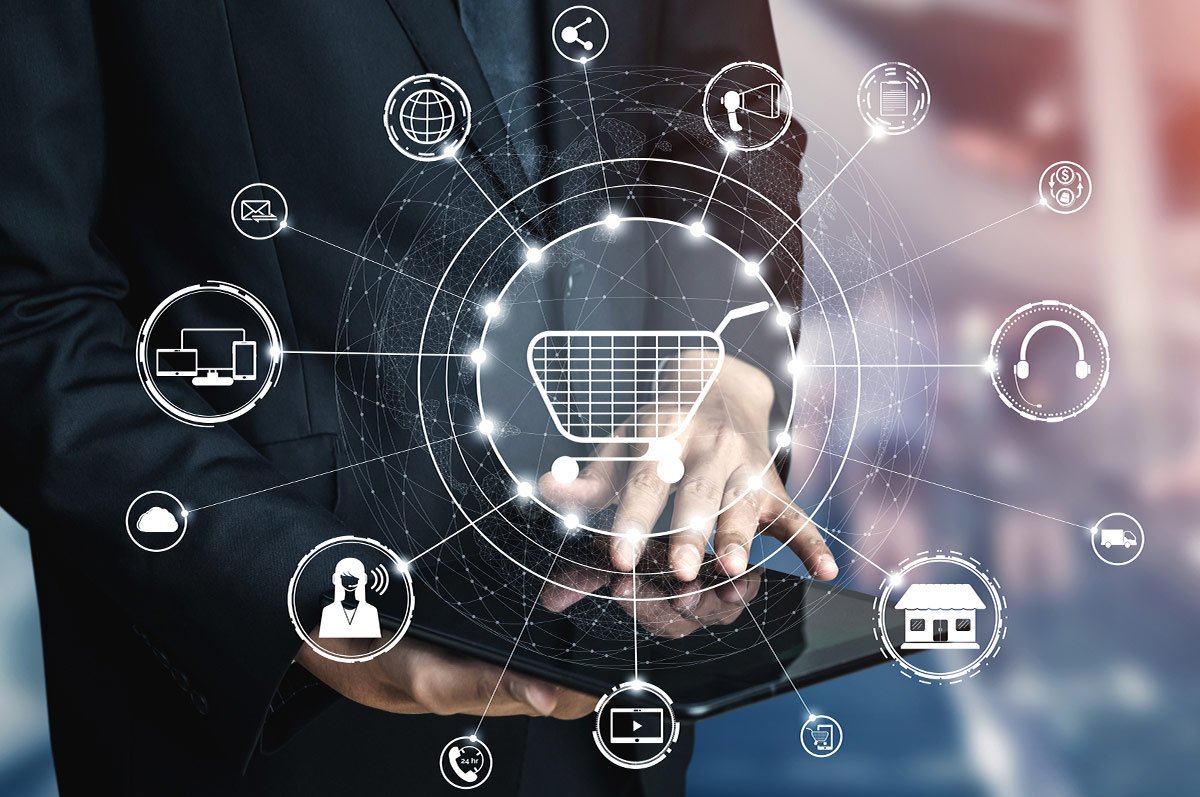
For Retailers:
- Enhanced customer engagement through personalised experiences.
- Reduced operational costs with automation and data-driven inventory management.
- Higher sales and conversion rates due to AI-powered recommendations.
- Improved efficiency in supply chain management and workforce allocation.
For Consumers:
- Faster and frictionless shopping with contactless payments and self-checkout.
- More convenience through AI-assisted shopping and smart recommendations.
- Improved product discovery via AR, VR, and IoT-driven insights.
- Exclusive, personalised offers based on shopping behaviour.
The Future of Physical Stores: Trends to Watch
1. The Rise of Hybrid Shopping Experiences
- Blending online and offline retail with in-store digital integrations.
- Click-and-collect services and curbside pickup are gaining momentum.
- AI-driven product recommendations synced across eCommerce and smart stores.
2. Sustainable Smart Retail Practices
- IoT-powered energy-efficient stores optimise lighting, HVAC, and refrigeration.
- AI minimises food and product waste through predictive inventory management.
- Smart recycling programs use AI to encourage eco-friendly shopping habits.
3. AI-Powered Predictive Analytics for Retail
- Retailers use AI to forecast demand trends and optimise inventory.
- Personalised marketing automation improves targeted promotions.
- AI-driven predictive staffing ensures efficient workforce management.
4. Blockchain for Retail Transparency & Security
- Blockchain ensures supply chain transparency and traceability.
- Secure and verifiable transactions enhance customer trust.
- Retailers use blockchain to combat counterfeit products and improve authenticity.
5. 5G-Powered Smart Stores
- Faster connectivity enables real-time data processing for seamless shopping.
- Enhanced AR/VR experiences with low latency improve in-store engagement.
- IoT devices operate more efficiently, creating a fully connected retail ecosystem.
Case Studies: Brands Leading the Smart Retail Revolution
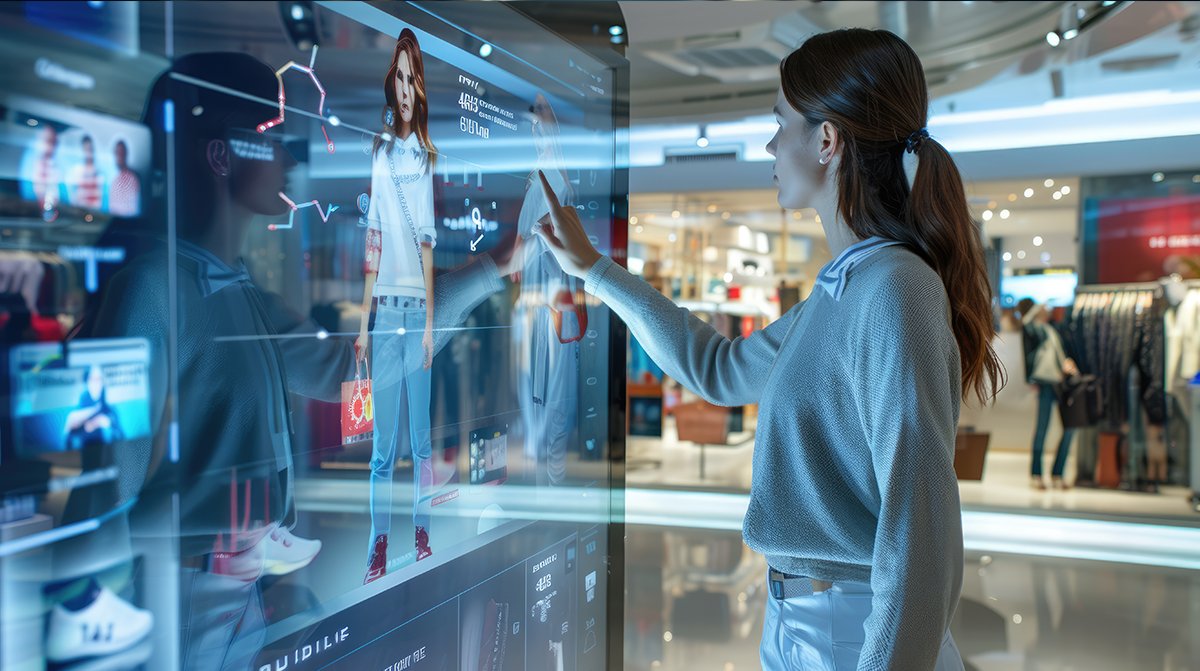
1. Amazon Go: Cashierless Shopping Revolution
- Uses AI-powered cameras and sensors for frictionless checkout experiences.
- Customers can pick up items and leave without scanning or waiting in lines.
- Real-time inventory updates ensure accurate stock levels.
2. Walmart: AI-Enhanced Retail Operations
- Deploys smart robots for inventory tracking and shelf management.
- Uses AI-driven predictive analytics for optimised stocking and pricing.
- IoT-enabled smart carts enhance the in-store shopping experience.
3. Sephora: AR-Powered Beauty Shopping
- Virtual try-on tools allow customers to test makeup digitally.
- AI-powered product recommendations enhance customer engagement.
- Smart mirrors in stores provide an interactive beauty shopping experience.
4. Nike House of Innovation: A Fully Digital Retail Store
- Customers can scan QR codes to access product information instantly.
- Mobile checkout allows shoppers to buy products anywhere in-store.
- AI-powered sneaker customisation enhances personalisation.
FAQs: How Smart Stores Are Changing the Shopping Experience
- What is a smart store, and how does it work?
A smart store uses advanced technologies such as IoT, AI, and automation to enhance the shopping experience. These stores offer features like cashierless checkout, personalised recommendations, and real-time inventory tracking, making shopping faster and more convenient. - How do cashierless checkout systems benefit retailers and customers?
Cashierless checkout eliminates waiting lines, providing a seamless shopping experience. For retailers, it reduces staffing costs and increases efficiency. Customers enjoy faster, hassle-free transactions with contactless payments. - What role does IoT play in smart retail?
IoT enables real-time inventory management through smart shelves and RFID tags. It also powers location-based marketing with beacons, delivering personalised promotions to customers’ mobile devices. - How does AR and VR enhance in-store shopping?
AR allows customers to virtually try on products like makeup or clothing, while VR creates immersive showrooms for exploring products. These technologies boost engagement and help customers make informed purchasing decisions. - What are the main challenges of implementing smart store technology?
Retailers face challenges such as high initial investment costs, data privacy concerns, and the need for seamless integration across physical and digital channels. Maintaining cybersecurity is also essential to protect customer data.
Conclusion
Smart retail technology is changing how consumers connect with brands in physical stores. Businesses are using technology in many ways. They use IoT in retail and AI-driven personalization. Their goal is to make shopping more immersive, efficient and customer-focused.
Retailers must adapt as physical stores change. They need to use automation, data insights, and AI experiences to stay competitive. Smart retail technology helps brands connect with consumers. It also boosts operations and creates a smooth shopping experience.
Retailers who invest in smart store innovations will increase sales. They will also shape the future of tech-driven retail.

